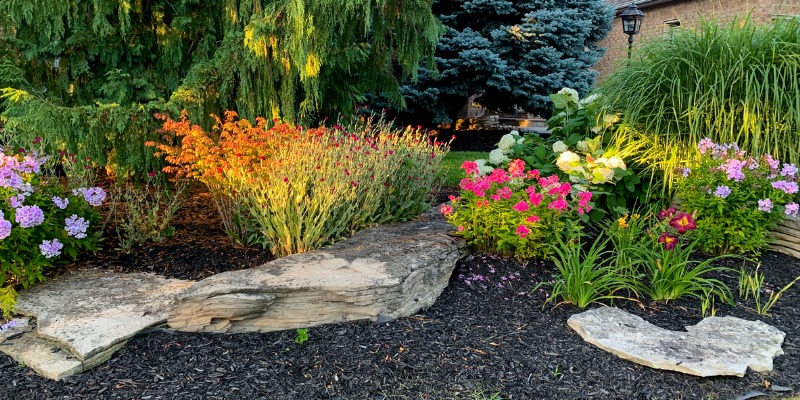Introduction
Yellowing leaves in plants can be a sign of stress or a potential problem. It is important to identify the cause of this issue in order to address it properly. In this blog, we will discuss the top 10 reasons for yellowing leaves in plants and provide solutions for each problem.
10. Natural Aging of the Plant
One common reason for yellowing leaves is the natural aging process of the plant. As plants mature, older leaves, especially those at the bottom of the plant, may turn yellow. This is a normal occurrence and nothing to be concerned about.
9. Pest Attacks
Sucking pests like aphids, mealybugs, whiteflies, thrips, and mites can cause damage to the leaves, resulting in yellowing. It is important to prevent and treat pest infestations using organic methods such as neem oil spray. Regularly spraying neem oil every 15 days can prevent and treat these pests.
8. Rootbound Plants
Rootbound plants occur when the roots have completely filled the available space within the pot, causing them to circle and become crowded. This can lead to yellowing leaves. Repotting the plant into a larger container with fresh potting mix can help alleviate this issue.
7. Nutrient Deficiencies
Yellowing leaves can also be a sign of nutrient deficiencies, such as nitrogen, iron, or magnesium. It is important to provide the necessary nutrients to the plant through fertilizers or organic amendments. Testing the soil and adjusting the nutrient levels accordingly can help address this problem.
6. Overwatering
Overwatering can suffocate the roots and lead to yellowing leaves. It is essential to water plants thoroughly but less frequently to avoid waterlogging. Checking the topsoil for moisture before watering can help determine if the plant needs water.
5. Underwatering
Underwatering can also cause yellowing leaves. Plants need a sufficient amount of water to thrive. It is important to water plants when the topsoil becomes dry. The frequency of watering may vary depending on the plant’s needs and the environmental conditions.
4. Inadequate Light
Insufficient light can result in yellowing leaves, especially for plants that require direct sunlight. It is essential to provide plants with the right amount of light based on their specific requirements. Adjusting the plant’s location or using artificial lights can help address this issue.
3. Temperature Stress
Extreme temperatures, both hot and cold, can cause stress to plants, leading to yellowing leaves. It is important to protect plants from temperature extremes and provide them with the optimal temperature conditions for their growth.
2. Diseases
Fungal or bacterial diseases can cause yellowing leaves. Identifying and treating the specific disease is important for plant health. Using organic fungicides or bactericides, such as neem oil, can help control and prevent disease outbreaks.
1. Improper pH Levels
Incorrect pH levels in the soil can affect nutrient availability and lead to yellowing leaves. Testing the soil pH and adjusting it to the appropriate range for the specific plant can help address this issue. Adding amendments like lime or sulfur can help balance the pH levels.
Conclusion
Yellowing leaves in plants can be caused by various factors, including natural aging, pest attacks, nutrient deficiencies, overwatering, underwatering, inadequate light, temperature stress, diseases, and improper pH levels. By identifying the specific cause and implementing the appropriate solutions, you can help your plants recover and thrive.

